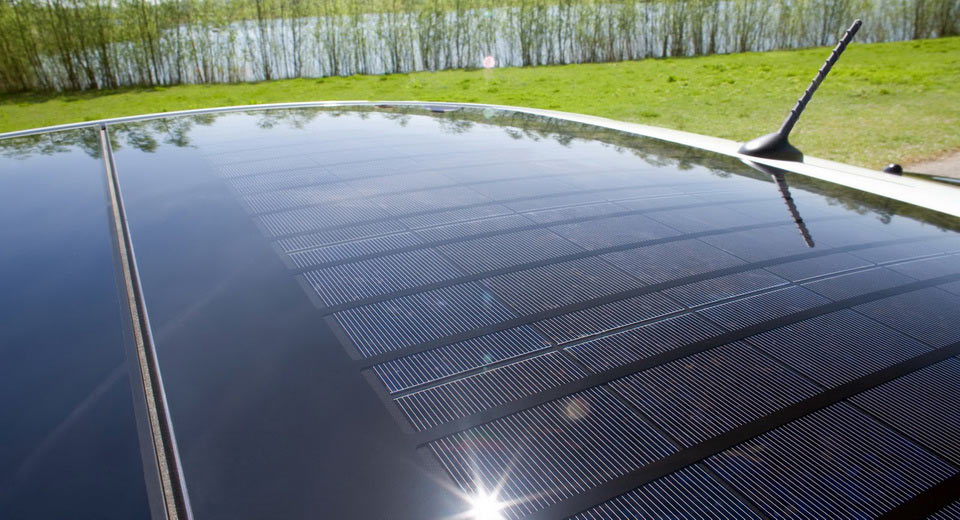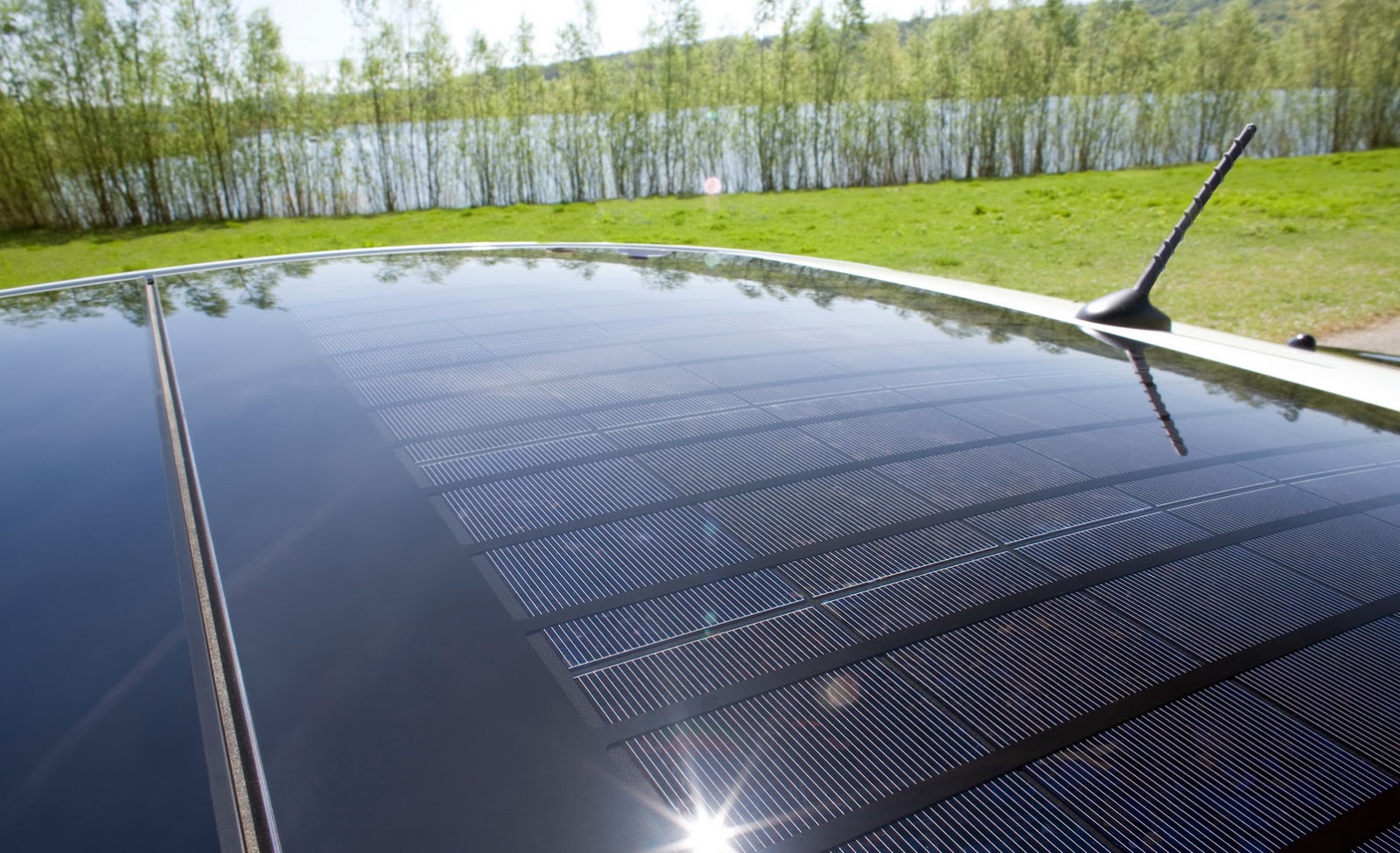Electronics giant Panasonic has already started production on a 180-watt array of solar cells that can be fitted to the roof of a car, with Toyota’s latest Prius PHEV getting first dibs.
With certain manufacturers adapting solar cell technology for everything, from home roofing tiles to tents and even backpacks, cars now represent a potentially lucrative new outlet.
“Car roofs have the potential to become a new market for solar panels,” argues Shingo Okamoto, Panasonic general manager. “We made history in the auto industry and in the solar industry with the sun powering mass-produced cars for the first time in the world.”
Back in December, Panasonic partnered with Tesla in order to build solar cells at a dedicated factory in Buffalo, New York, where the Japanese company would pay for capital costs of the manufacturing process and SolarCity would invest $5 billion over 10 years into the new facility.
Those doubting the appeal of solar power need only look at Toyota’s sales in Japan, where through April of this year, the automaker sold 1,350 units of the new Prius PHEV equipped with solar panels – nearly 9% of all Prius sales, as reported by Autonews.
This latest Prius is the world’s first mass-produced car to be fitted with solar panels that send power directly into the car’s main battery. Due to seasonal variations in sunlight, the average distance traveled on a single charge will range from 2.9 km (1.8 miles) to 6.1 km (3.8 miles).
“That means you get about 10% of annual mileage from solar just by letting your car sit,” explained Okamoto during an interview in Tokyo.
In order to build the solar panels for the new Prius, Panasonic engineers first needed to compile a set of conditions and constraints that they imagined solar panels would face while fitted to the roof of a car instead of a house. This meant taking into account vibration, the unpredictable appearance of shadows, as well as the limited amount of space you have for installing the actual panels. Of course, fitting the panels to a car’s contoured roof instead of a flat surface was another obstacle they had to face.
Okamoto stated that, in order to handle the variable sunlight issue, Panasonic had to adjust the way bypass diodes are configured within the panels, thus ensuring a smooth flow of electric current.




